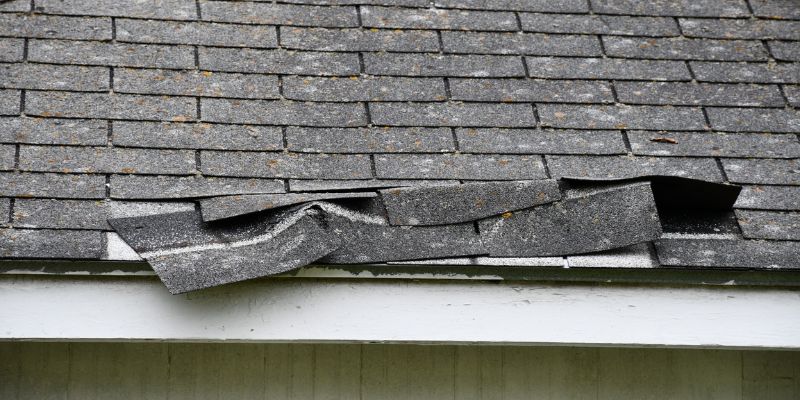Having a sturdy and intact roof is crucial for protecting your home from the elements. However, over time, roofs can sustain damage due to various factors such as weather conditions, aging, or poor maintenance. Identifying the signs of a damaged roof early on can help you address the issues promptly and prevent further deterioration. In this article, we will explore the common signs that indicate “What Are the Signs of a Damaged Roof?” and provide you with valuable insights on how to recognize them.
What Are the Signs of a Damaged Roof?
A damaged roof can manifest itself in several ways. By understanding the signs, you can take appropriate action to safeguard your home. Here are some key indicators to look out for:
Missing or Damaged Shingles:
Keep an eye out for shingles that are cracked, curled, or completely missing. These can leave your roof vulnerable to leaks and further damage.
Water Stains on Ceilings or Walls:
Discolored patches on your ceilings or walls often indicate water infiltration, which could be a result of a damaged roof.
Sagging Roof:
If you notice your roof sagging or dipping in certain areas, it could signify underlying structural issues that require immediate attention.
Granule Loss:
Excessive granule loss from your shingles can leave them susceptible to premature aging and decreased effectiveness in protecting your roof.
Leaks or Water Dripping:
Any signs of water leaks, drips, or moisture inside your home, especially after rainfall, could indicate roof damage.
Damaged Flashing:
Check the flashing around chimneys, vents, and skylights for signs of damage, as compromised flashing can lead to water penetration.
Cracked or Broken Tiles:
For tile roofs, cracked or broken tiles can expose the underlayment and compromise the integrity of your roof.
Excessive Moss or Algae Growth:
The presence of moss, algae, or other vegetation on your roof can trap moisture and accelerate deterioration.
Increased Energy Bills:
A damaged roof can compromise insulation, leading to heat loss or gain, which may cause a noticeable increase in your energy bills.
Visible Roof Debris:
Keep an eye out for debris like shingle granules, broken tiles, or tree branches on your roof, as these can indicate damage.
Unusual Roof Surface Appearance:
Bumps, blisters, or waves on your roof’s surface could be a sign of underlying damage that needs attention.
Rotting or Warped Roof Decking:
Inspect the underside of your roof for signs of rotting, warping, or water stains, as these can point to a damaged roof structure.
FAQs About Damaged Roofs
Here are some frequently asked questions about damaged roofs, along with their answers:
Q: How often should I inspect my roof for damage?
A: It is recommended to inspect your roof at least twice a year, ideally in the spring and fall, to catch any potential issues early on.
Q: Can I repair a damaged roof myself?
A: While some minor repairs can be DIY-friendly, it is generally best to hire a professional roofer who has the expertise and tools to handle the job safely and effectively.
Q: How long does a typical roof last?
A: The lifespan of a roof depends on various factors, including the materials used, installation quality, and weather conditions. On average, a well-maintained roof can last between 20 to 30 years.
Q: Will my homeowner’s insurance cover roof damage?
A: Homeowner’s insurance typically covers roof damage caused by sudden events, such as storms or fire. However, it may not cover damage resulting from wear and tear or lack of maintenance. It’s important to review your policy for specific coverage details.
Q: Can roof damage lead to other problems in my home?
A: Yes, untreated roof damage can result in issues like mold growth, compromised structural integrity, and increased energy costs. It is essential to address roof damage promptly to avoid further complications.
Q: What are some preventative measures I can take to maintain a healthy roof?
A: Regular roof inspections, prompt repairs, clearing debris, keeping gutters clean, and ensuring proper attic ventilation are all crucial preventative measures to maintain a healthy roof.
Wrap Up
A damaged roof can pose significant risks to your home’s structural integrity and overall safety. By familiarizing yourself with the signs of roof damage, you can take proactive steps to address any issues promptly.
Remember, it is important to seek professional help if you are unsure about the severity of the damage or if repairs are beyond your expertise. Regular maintenance and timely repairs will help ensure your roof continues to protect your home for years to come.

